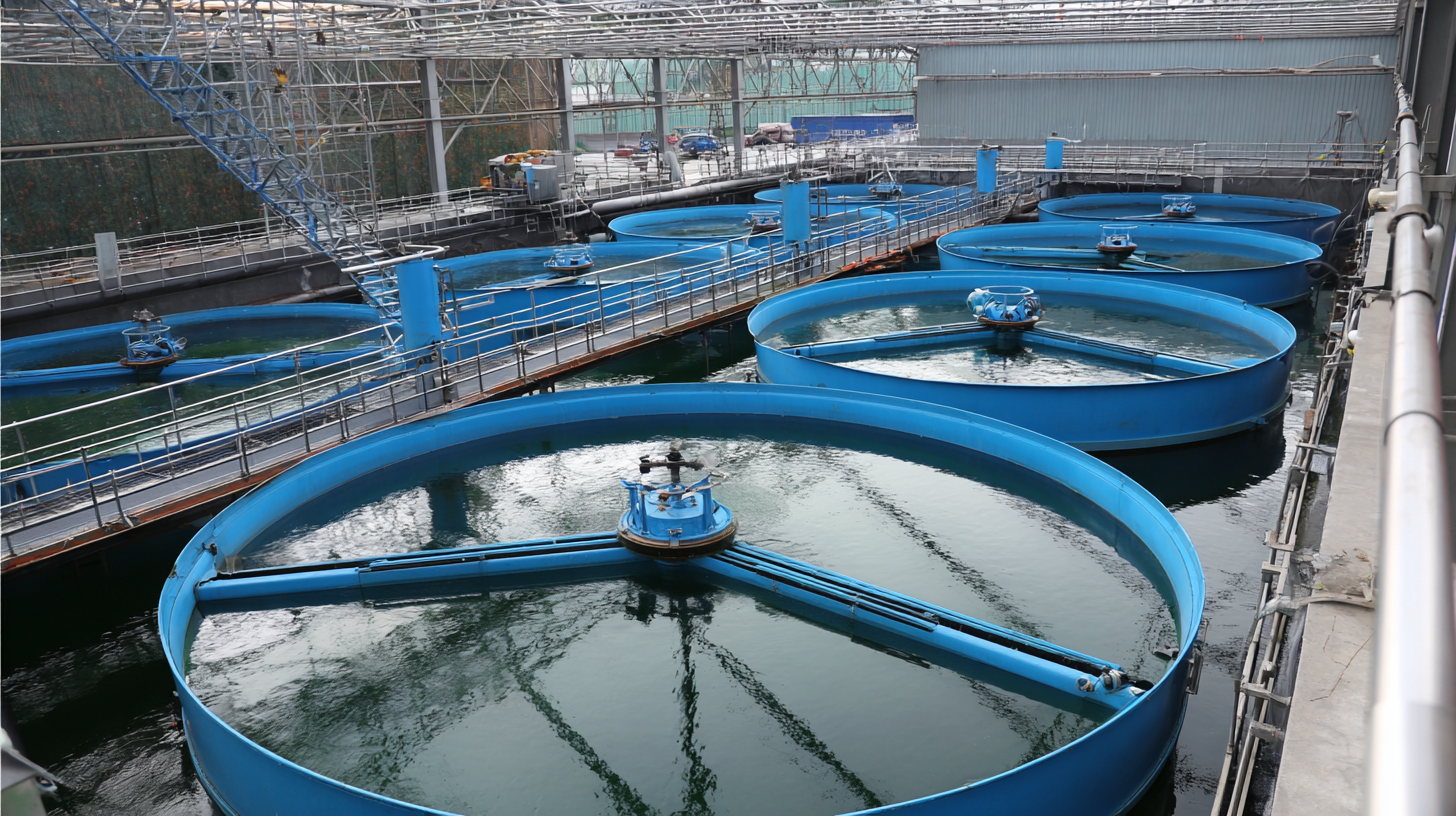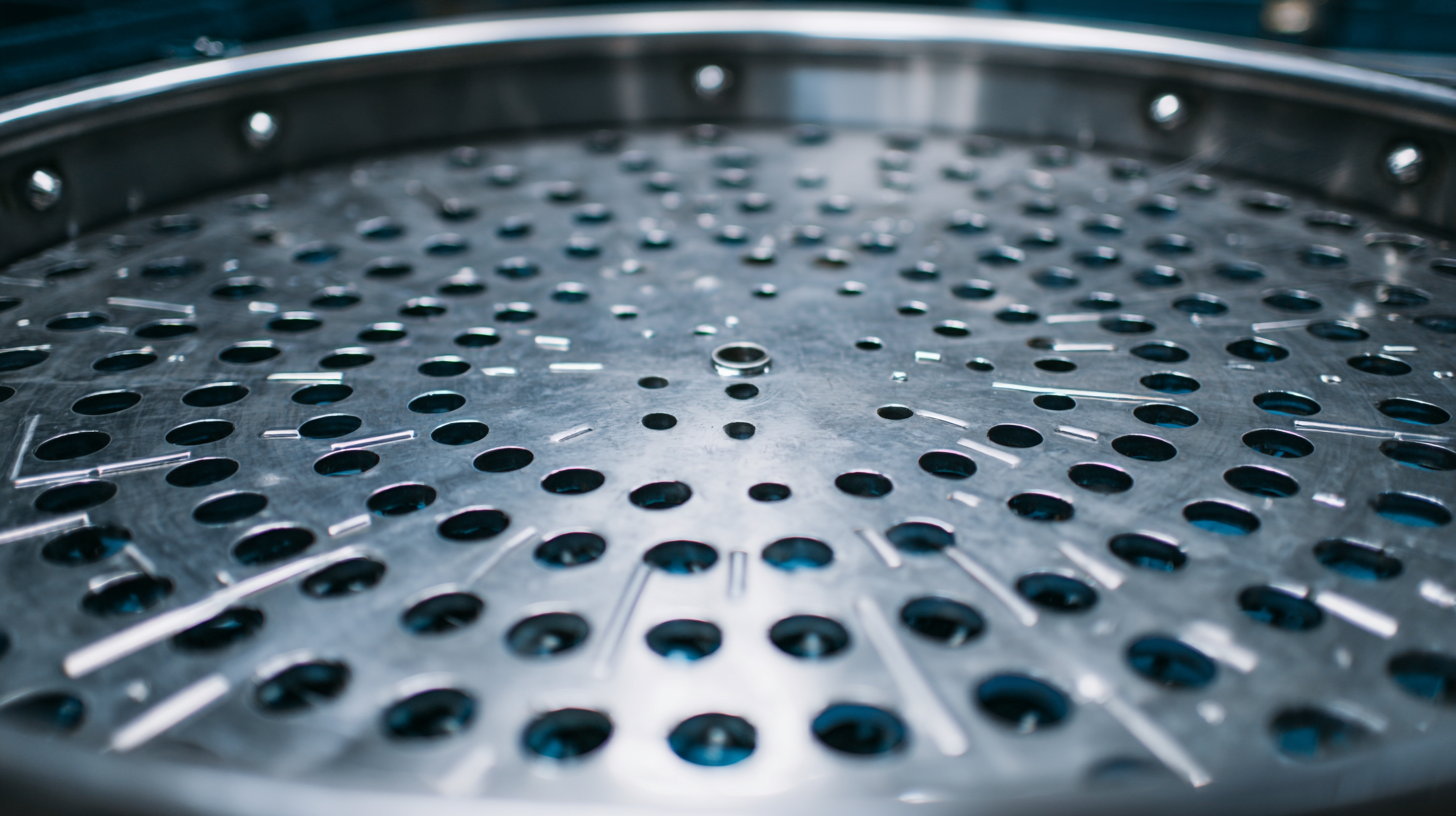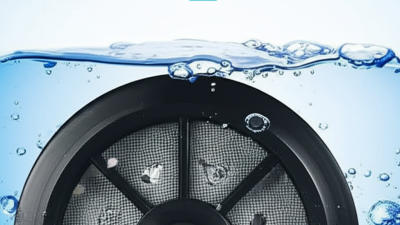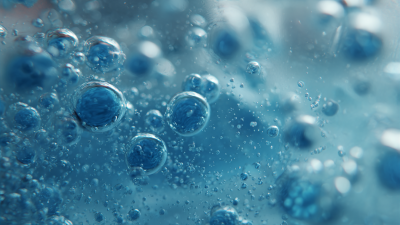 +86 13600513715
+86 13600513715



The increasing demand for efficient and sustainable wastewater treatment solutions has led to the widespread adoption of advanced technologies, including the Membrane Disc Diffuser (MDD) system. According to a 2022 report by the Water Environment Federation, MDDs can significantly enhance the aeration efficiency by improving oxygen transfer rates, thereby reducing energy consumption by up to 30% compared to traditional aeration methods. This shift not only minimizes operational costs but also decreases the carbon footprint of wastewater treatment facilities. Moreover, the use of high-quality membrane materials in MDDs leads to longer service life and lower maintenance needs, further adding to their appeal among wastewater treatment operators. As the global focus on environmental sustainability intensifies, understanding the advantages of Membrane Disc Diffuser technology becomes essential in optimizing wastewater treatment processes and meeting regulatory standards efficiently.

Membrane disc diffuser technology has emerged as a pivotal advancement in wastewater treatment, primarily driven by its ability to enhance oxygen transfer efficiency. Unlike traditional aeration methods, membrane disc diffusers create a fine bubble aeration system that optimizes the contact between air and wastewater. This results in increased oxygen levels in the water, which is crucial for the aerobic microorganisms responsible for breaking down organic matter. By maximizing surface area and minimizing bubble size, these diffusers ensure that the oxygen is delivered more effectively to the microbial population, thereby boosting the treatment process's overall efficiency.
In addition to improving oxygen transfer, membrane disc diffusers offer other significant benefits. They require lower energy consumption compared to conventional diffusers, leading to cost savings in operational expenditures. Their design minimizes fouling and maintenance needs, resulting in a longer lifespan and reduced downtime for treatment facilities. The adaptability of membrane disc diffusers to varying wastewater conditions further enhances their effectiveness, allowing for a consistent and reliable performance across diverse applications. As such, the integration of this technology is instrumental in promoting sustainable wastewater management practices while ensuring regulatory compliance and environmental protection.
Membrane disc diffuser technology has become a crucial component in modern wastewater treatment, offering several advantages in oxygen transfer efficiency and operational flexibility. However, the performance of these diffusers can be significantly influenced by various factors. Key aspects include the design and material of the membrane, the air flow rate, and the operating conditions of the treatment system. For instance, membranes made from high-quality materials can withstand corrosive environments and extend the lifespan of the diffuser, while an optimal air flow rate ensures that sufficient oxygen is delivered to support microbial activity.
Tips: Regular maintenance and cleaning of the diffusers are essential to optimize performance. Accumulation of biofilms or debris can hinder oxygen transfer efficiency, leading to reduced treatment effectiveness. Additionally, monitoring the operational parameters can help identify any deviations early, allowing for timely adjustments to maintain system performance.
Another aspect to consider is the site-specific conditions, such as water temperature and organic load, which can affect the diffuser's efficiency. Tailoring the diffuser specifications to the characteristics of the wastewater being treated can enhance overall performance. By understanding these critical factors, wastewater treatment facilities can leverage membrane disc diffuser technology to achieve better treatment outcomes and improve operational efficiency.
Membrane disc diffusers (MDD) have been gaining traction in wastewater treatment systems due to their efficiency and effectiveness when compared to traditional aeration methods. According to the latest industry reports, systems utilizing MDD technology can improve oxygen transfer efficiency by up to 30% compared to older aeration systems. This enhanced performance translates to better treatment outcomes, reducing the operational costs associated with energy consumption. Moreover, MDD systems are less prone to clogging and require less maintenance, further driving down the total cost of ownership.
Tips: To optimize the performance of membrane disc diffusers, ensure regular inspection and cleaning to prevent fouling. Additionally, monitoring the dissolved oxygen levels in the treatment tank can help fine-tune aeration needs, ensuring that you are not using more energy than necessary while achieving optimal treatment results.
In contrast, traditional aeration systems may struggle with inefficiencies, leading to higher energy costs and subpar treatment. These systems are often limited by their design, which can cause uneven distribution of air, making it challenging to maintain consistent oxygen levels. The shift towards membrane disc diffusion technology marks a significant advancement in the industry, offering sustainable solutions that align with regulatory standards while addressing the growing need for efficient wastewater management.
| Parameter | Membrane Disc Diffuser | Traditional Aeration System |
|---|---|---|
| Oxygen Transfer Efficiency (OTE) | > 20% - 30% | 10% - 20% |
| Energy Consumption | Low (0.4 - 0.6 kWh/kg O2) | Higher (0.8 - 1.2 kWh/kg O2) |
| Maintenance Requirements | Low | Moderate to High |
| Air Distribution | Uniform | Variable |
| Footprint Size | Compact | Larger |
| Installation Complexity | Simple | Complex |
The implementation of membrane disc diffuser technology in wastewater treatment systems offers a compelling cost-benefit proposition that reflects the growing demand for efficient treatment solutions. As the diffuser membranes market is projected to grow significantly, from a valuation of USD 1,097.3 million in 2020 to USD 1,426.0 million by 2025, this trend indicates a wider recognition of the advantages provided by these systems. Membrane disc diffusers enhance oxygen transfer efficiency while minimizing energy consumption, making them an ideal choice for wastewater management.
Moreover, the cost-benefit analysis extends beyond immediate financial implications. The efficient treatment of wastewater through advanced technologies can lead to the recovery of resources such as clean water and hydrogen, contributing to sustainability efforts. For example, a recent study highlighted the potential of generating green hydrogen from treated effluent, underscoring the multifaceted benefits of investing in innovative wastewater treatment solutions. As global attention increasingly shifts towards resource conservation, organizations that adopt membrane disc diffuser technology position themselves at the forefront of this critical transition.

Membrane disc diffuser technology is gaining recognition in wastewater treatment for its potential to significantly reduce energy consumption. Traditional aeration systems often demand high energy inputs due to the inefficiencies in oxygen transfer. In contrast, membrane disc diffusers provide a more efficient means of delivering air to the wastewater, leading to better oxygenation with lower energy usage. This enhanced efficiency not only reduces operational costs but also minimizes the environmental impact associated with energy consumption in wastewater facilities.

The impact of employing membrane disc diffuser systems extends beyond immediate energy savings. A recent life cycle assessment of anaerobic membrane bioreactor (AnMBR) technology demonstrates how innovatively designed systems can optimize resource usage throughout their operational lifespan. By integrating advanced aeration methods like membrane disc diffusers, wastewater treatment facilities can enhance overall system performance, promoting sustainability and reducing carbon footprints. As cities seek to modernize their wastewater treatment infrastructure, the adoption of such technologies will play a crucial role in driving energy efficiency while maintaining high treatment standards.






